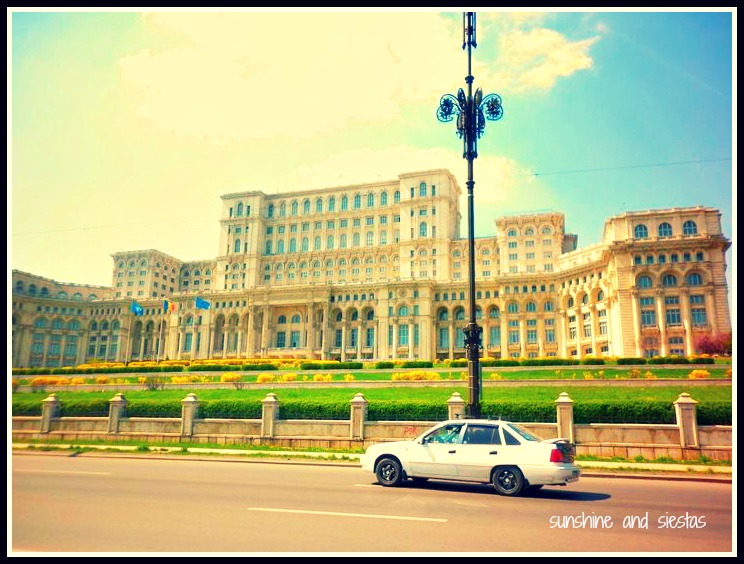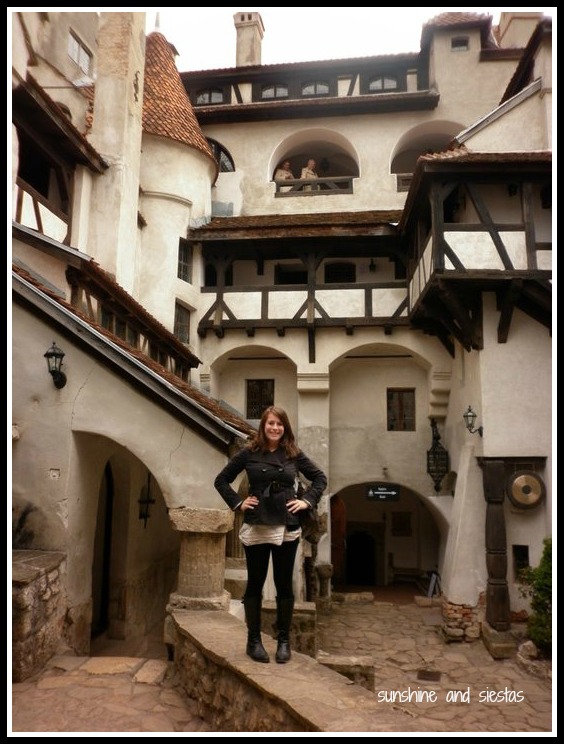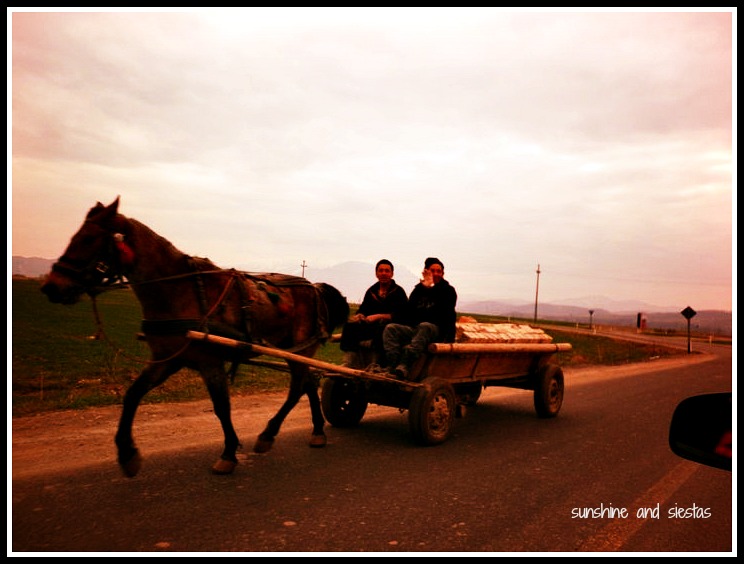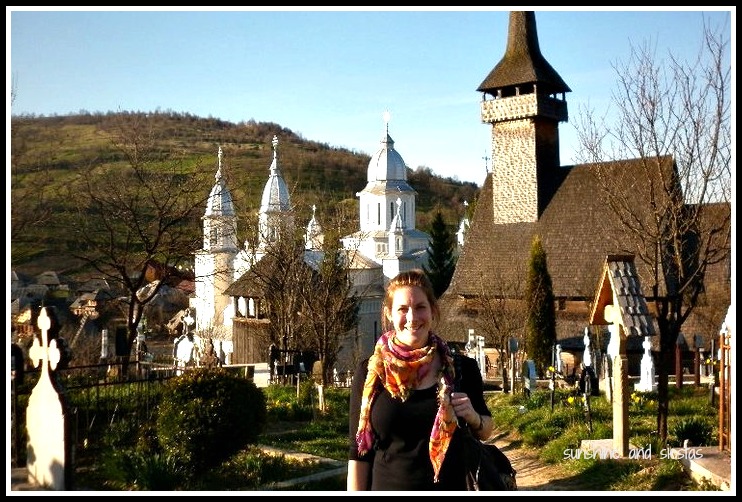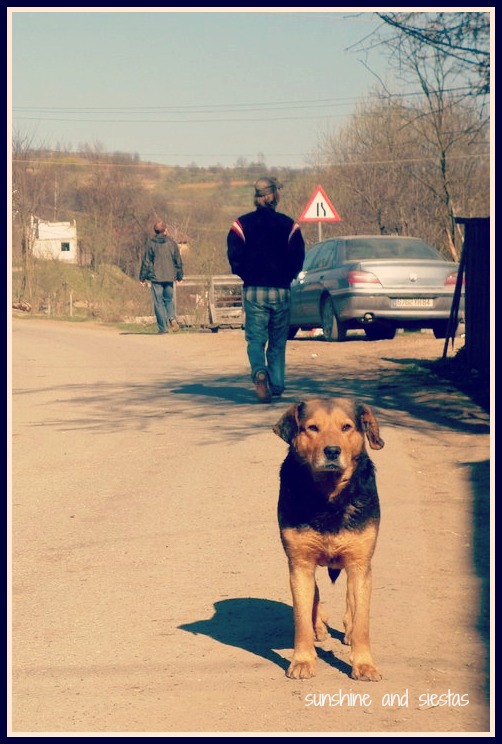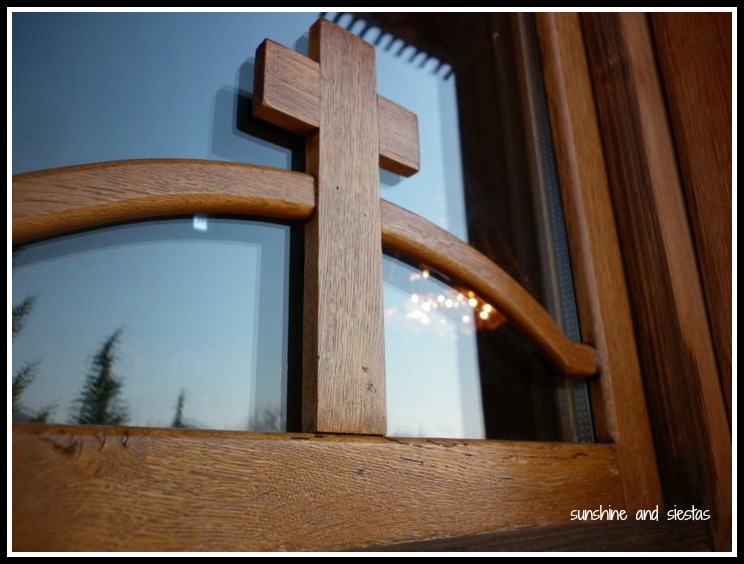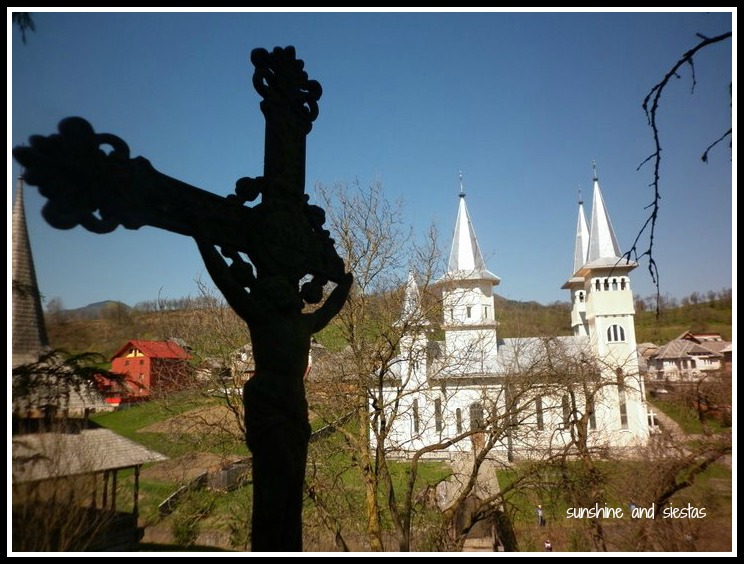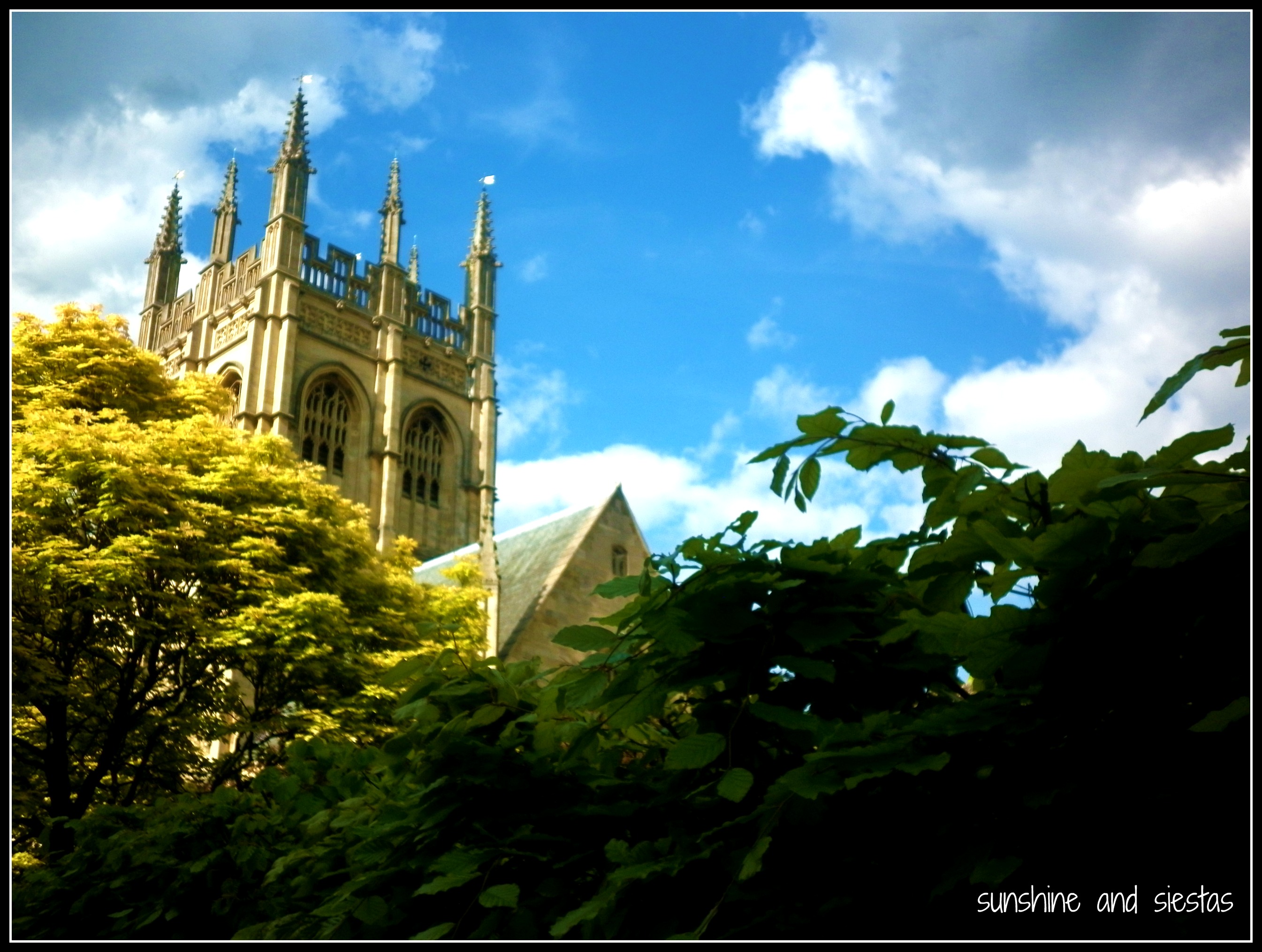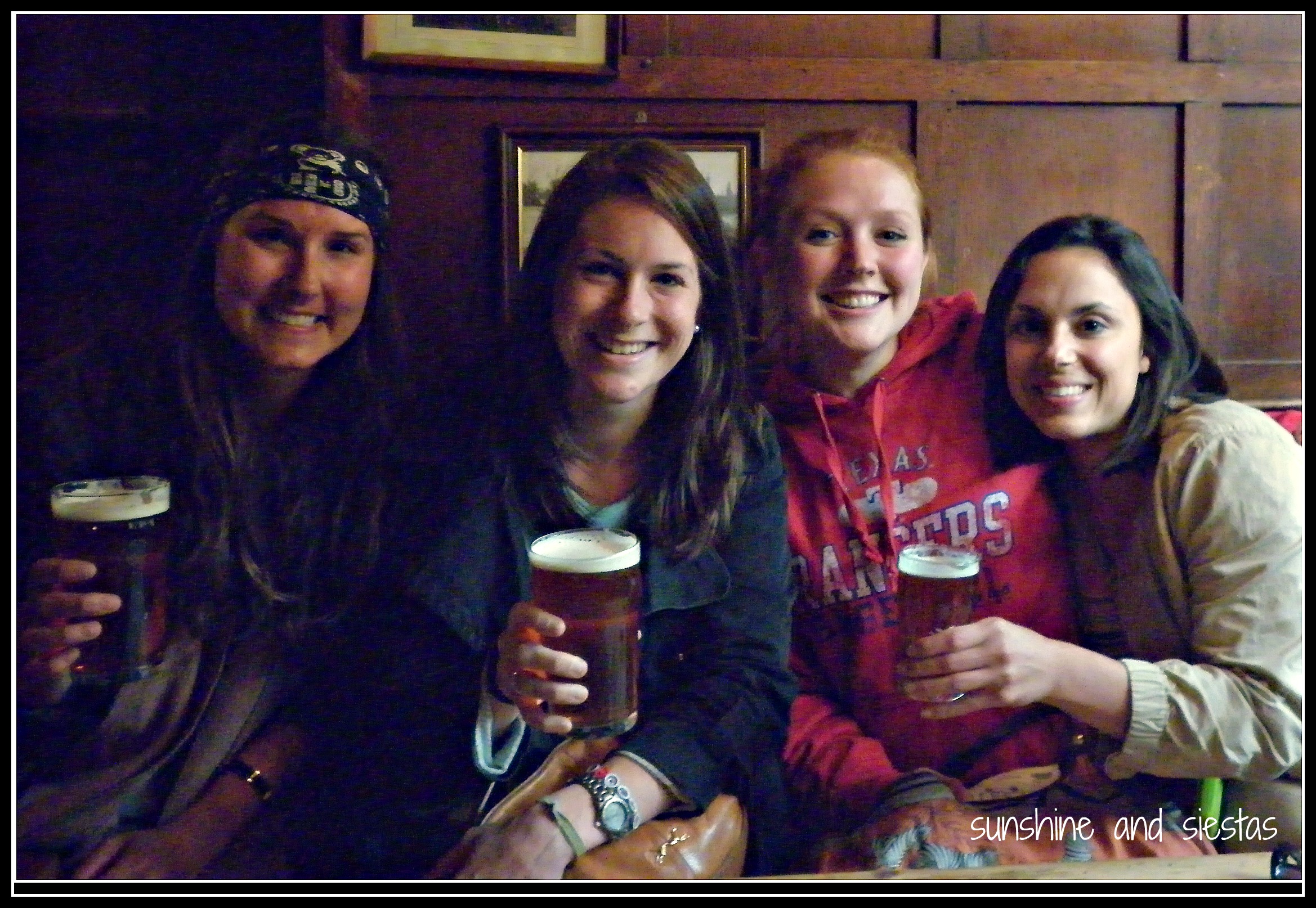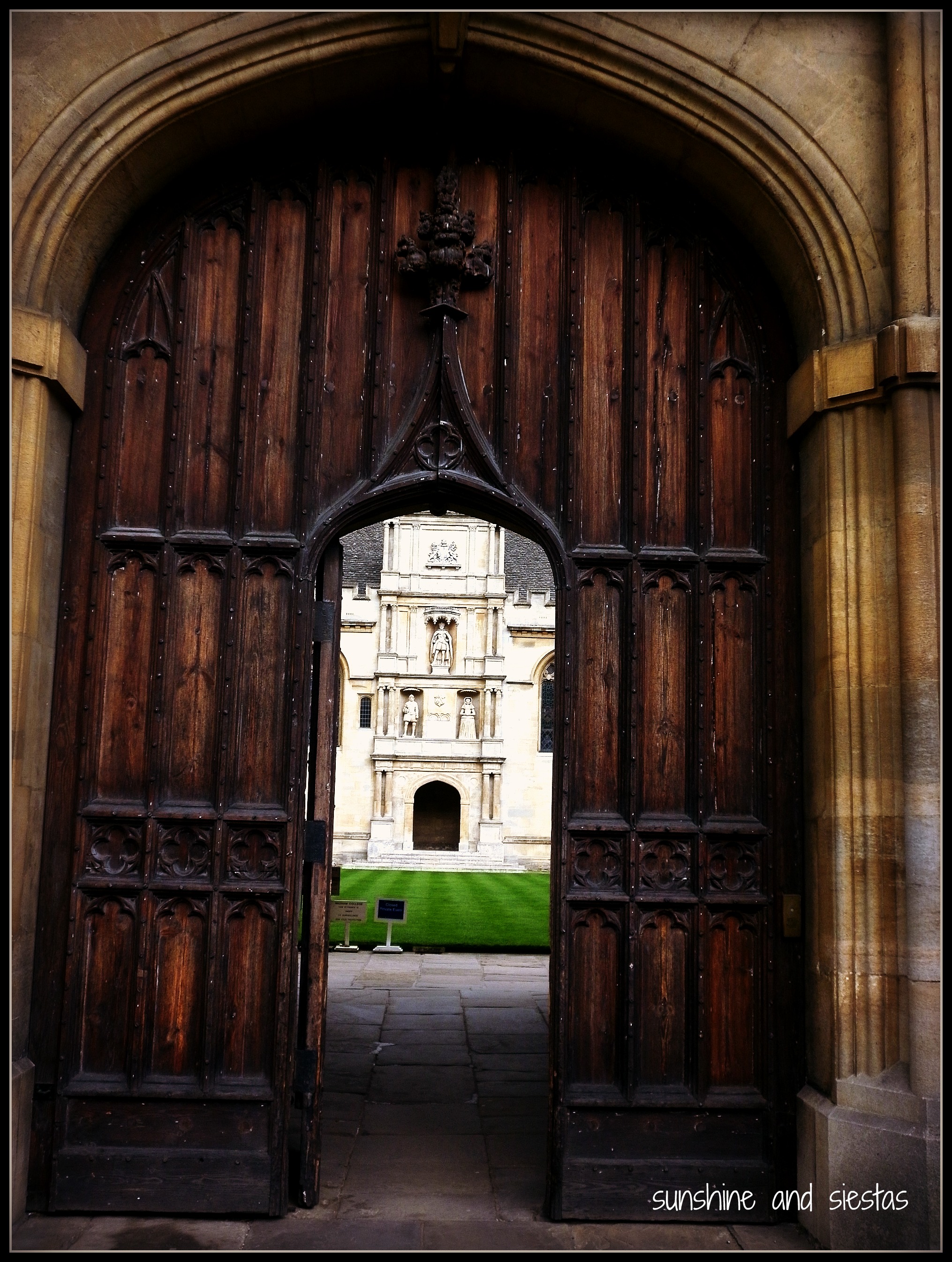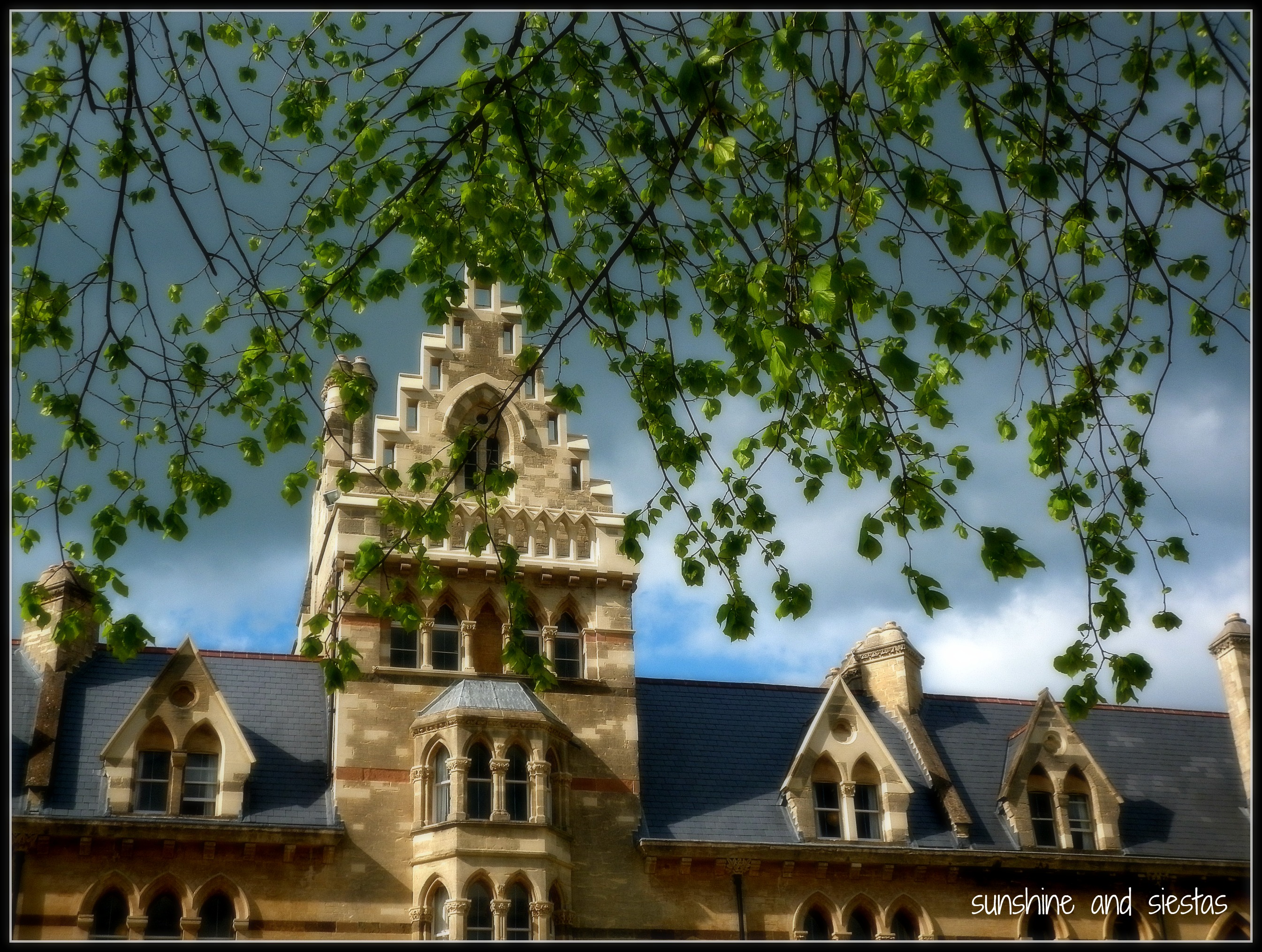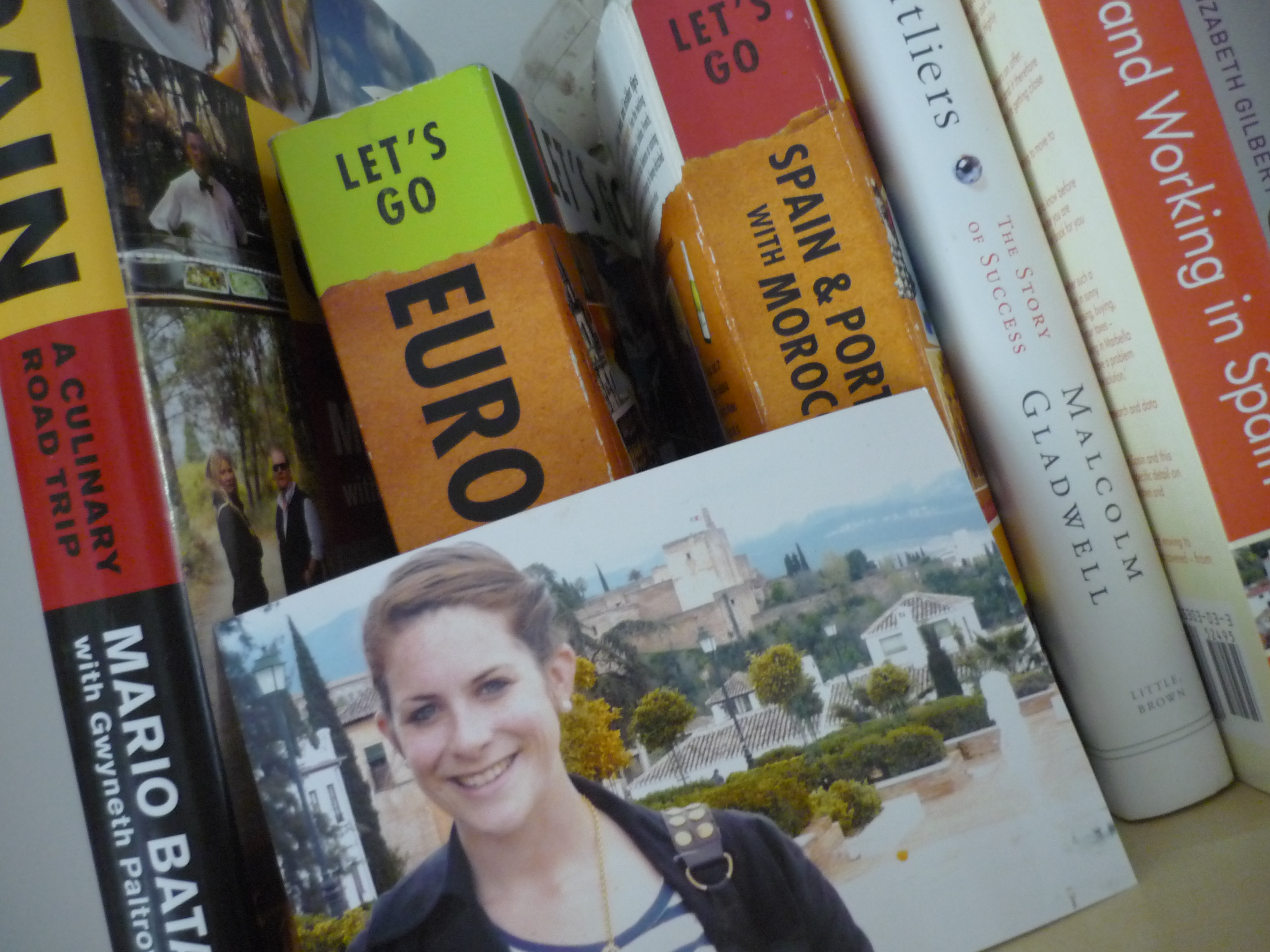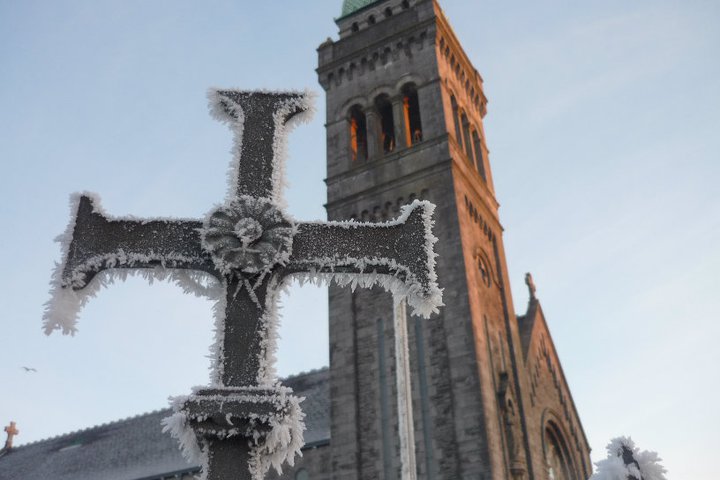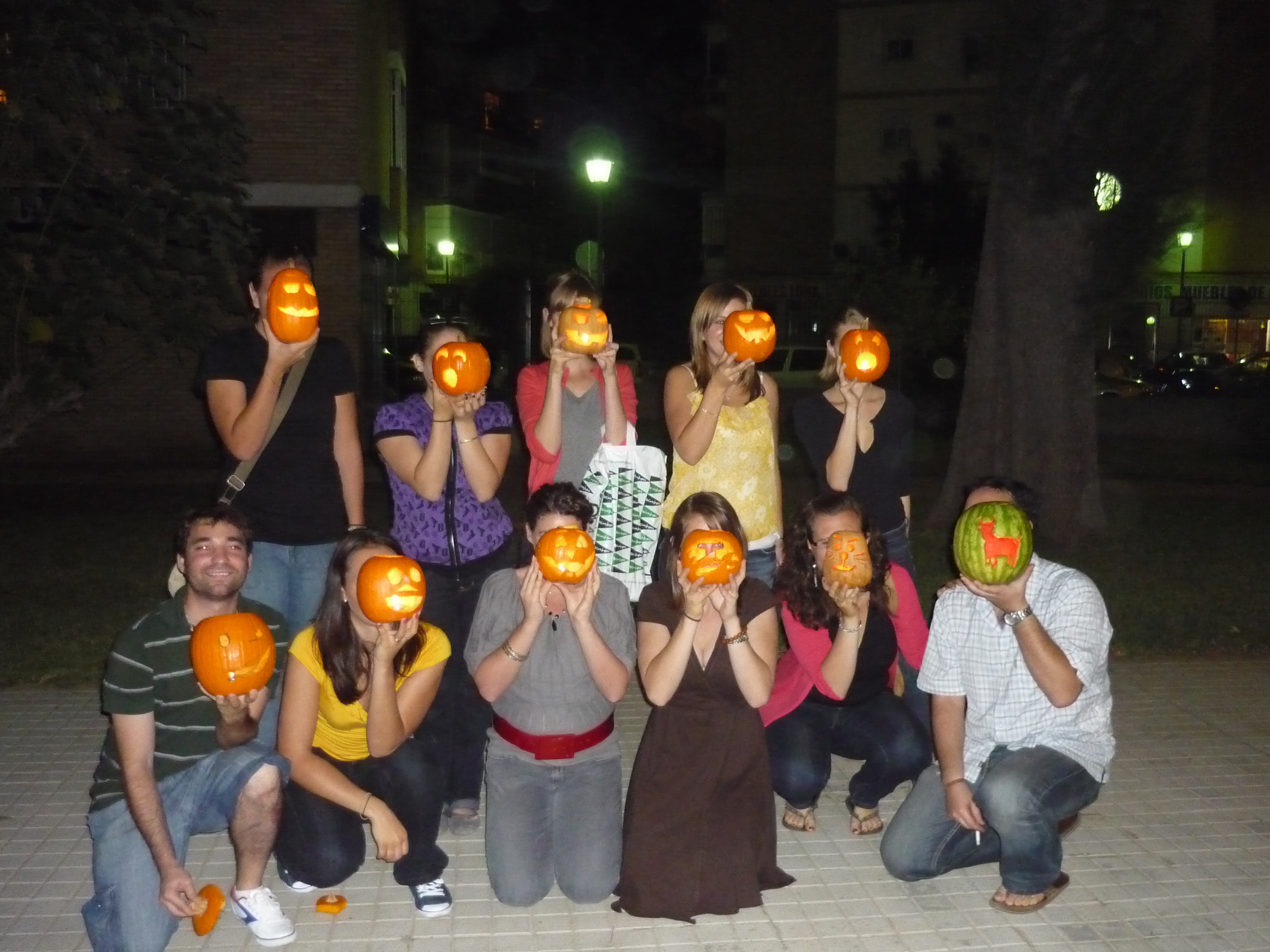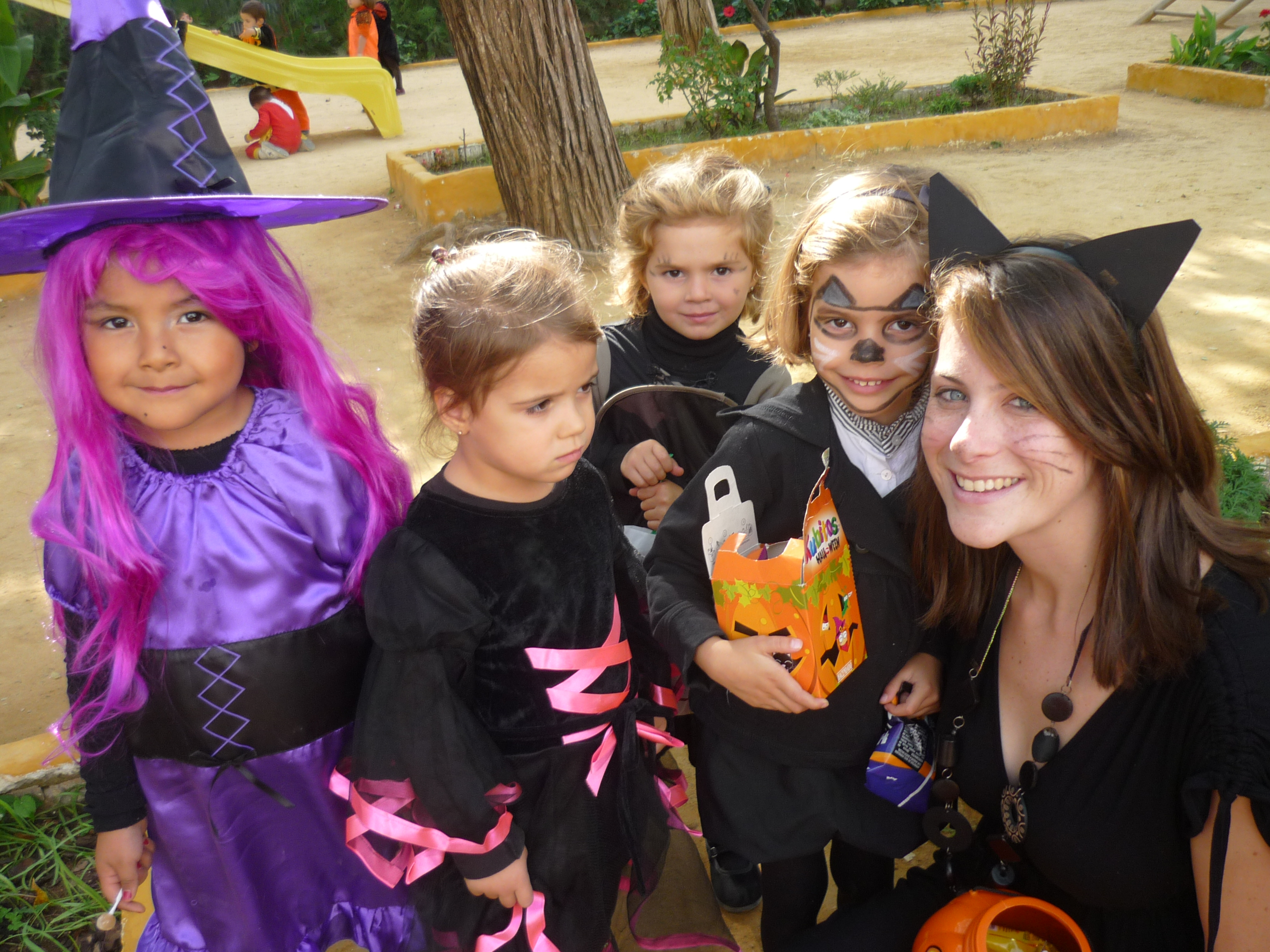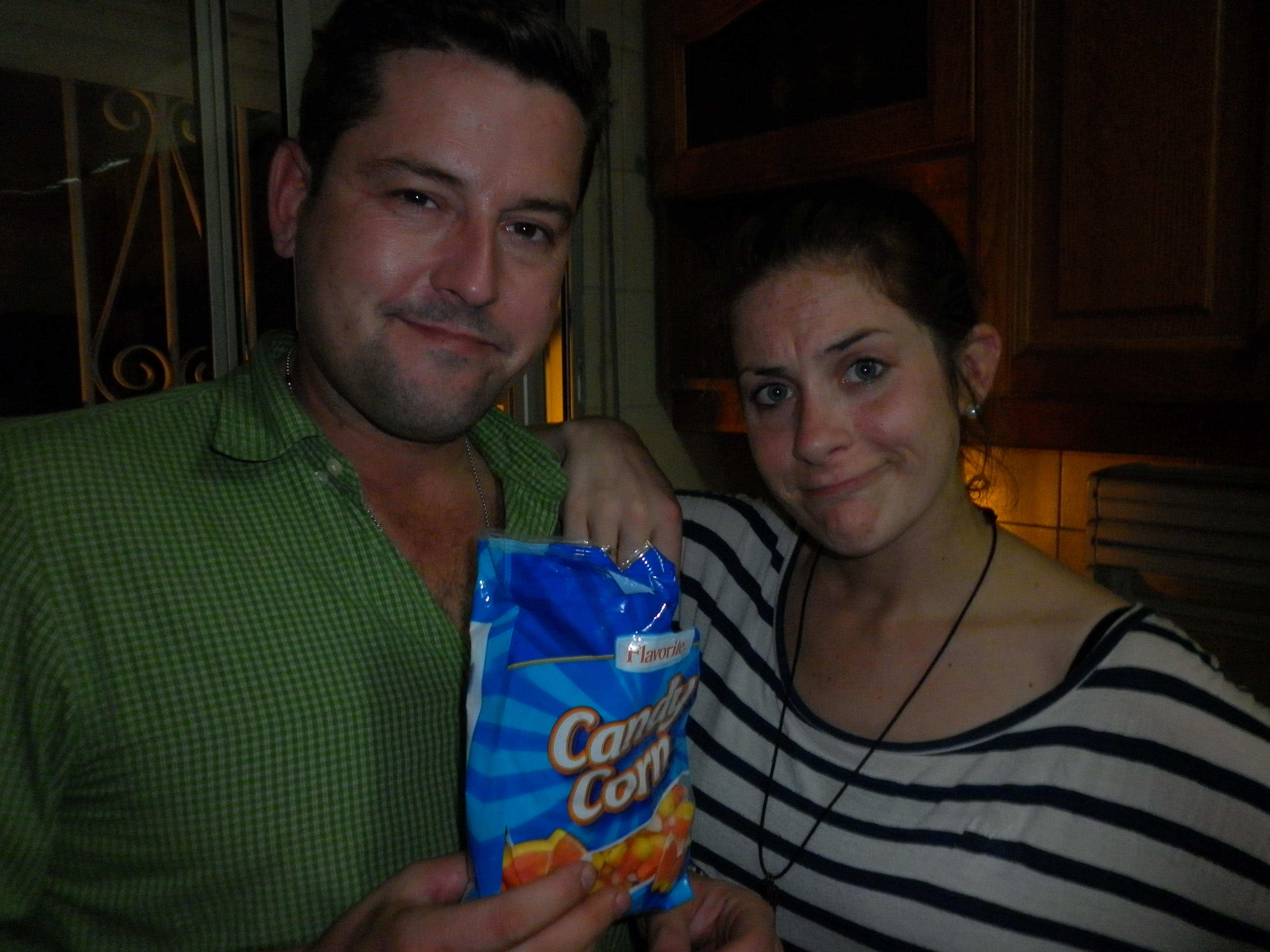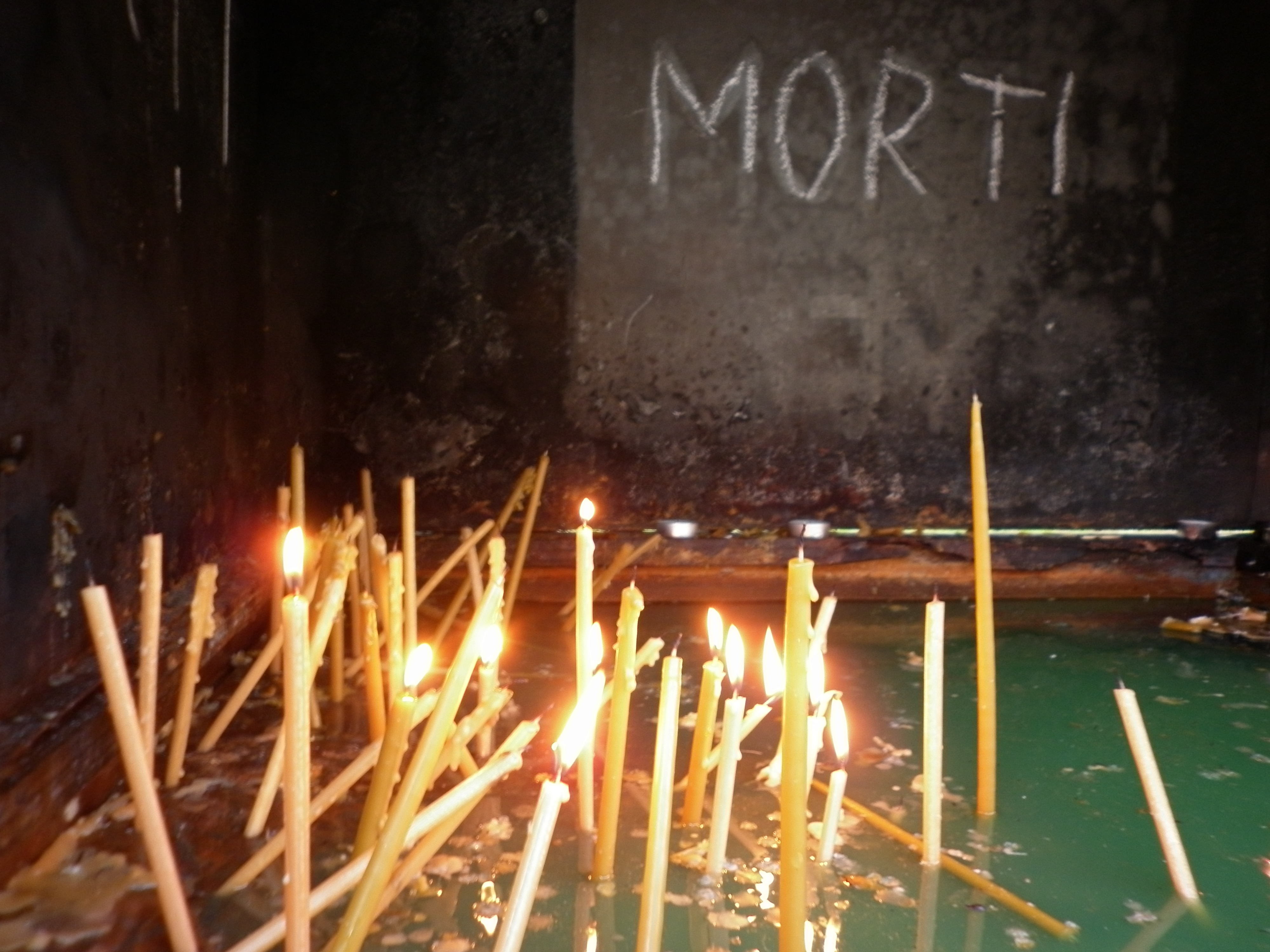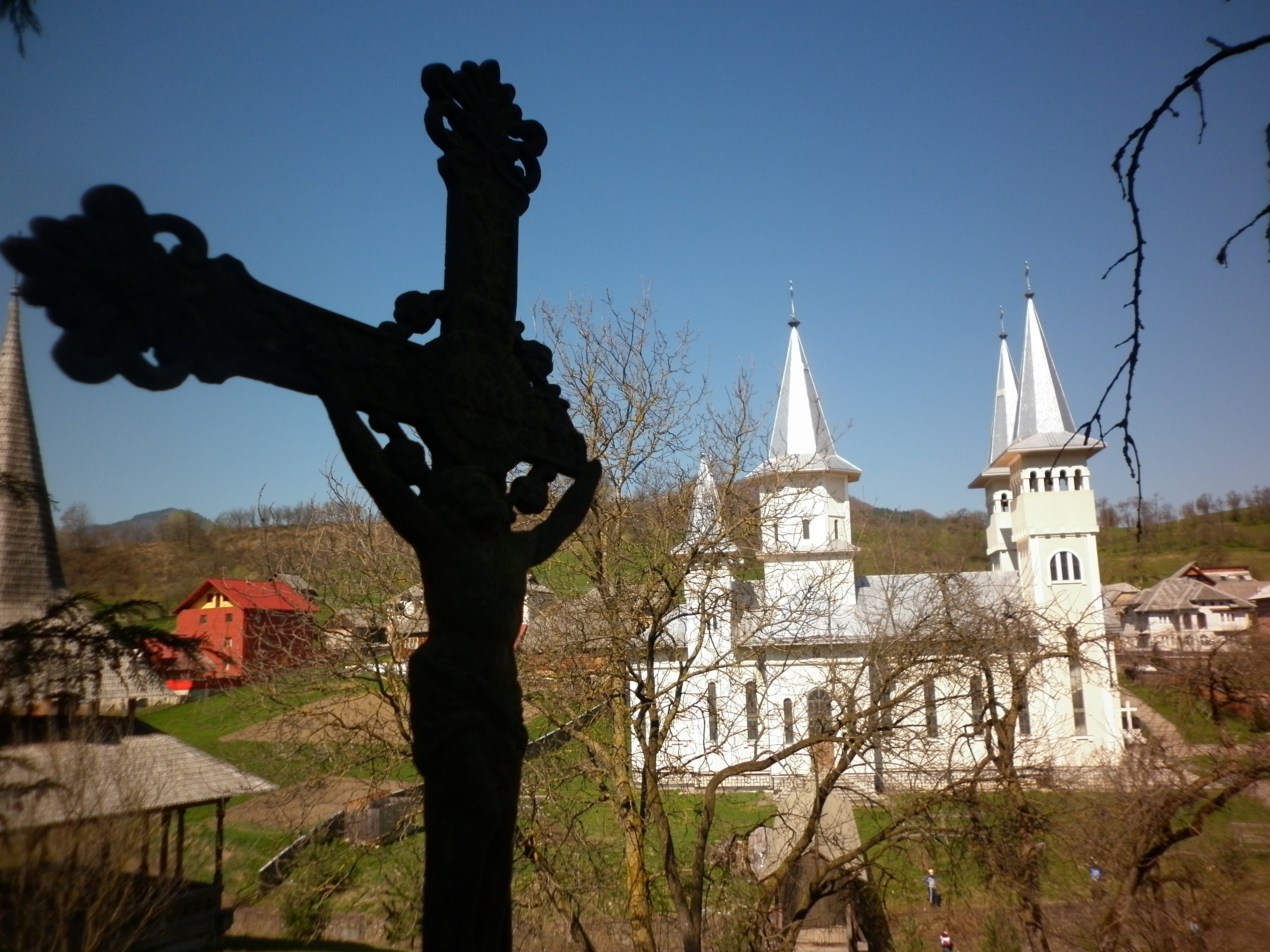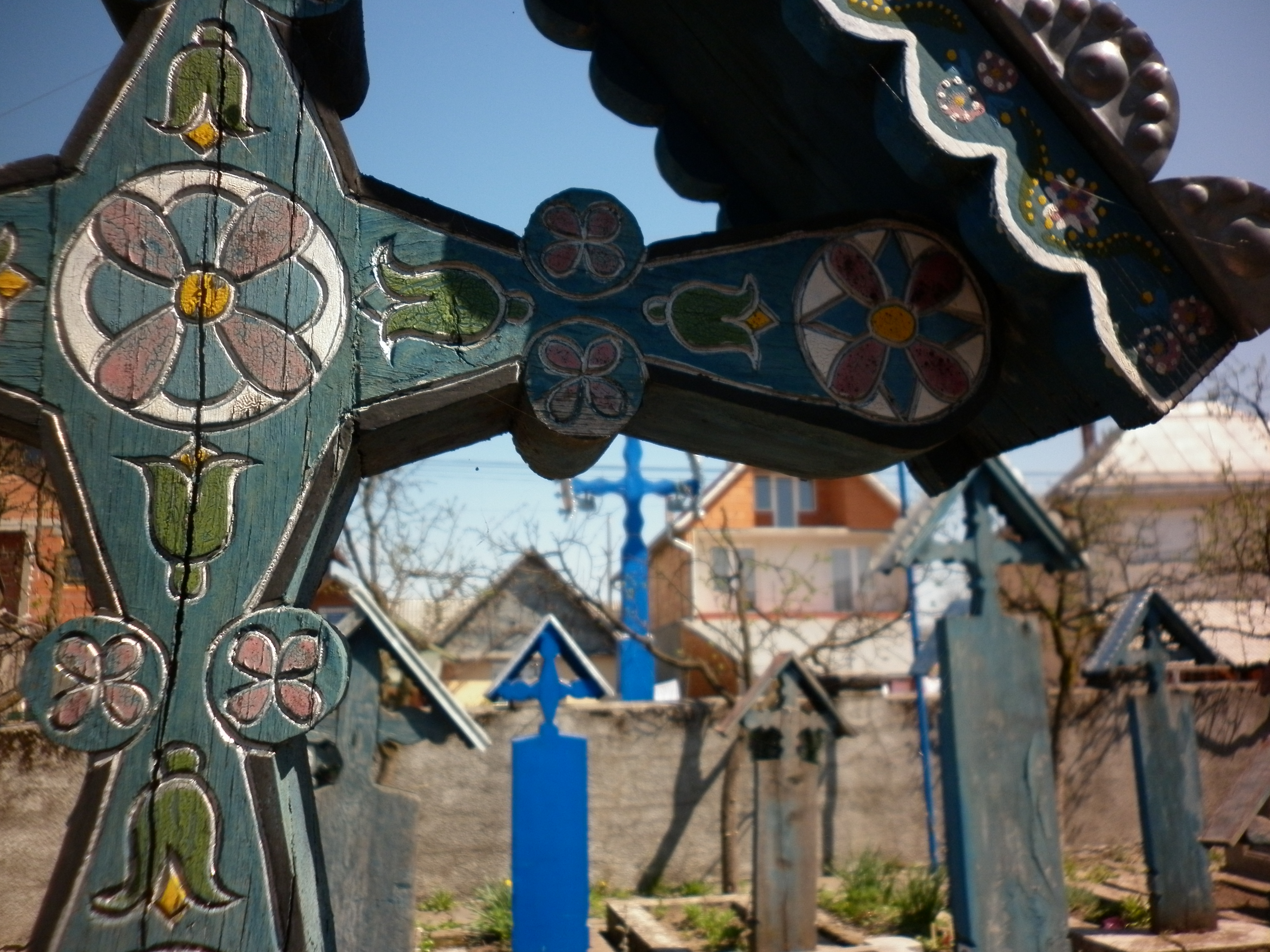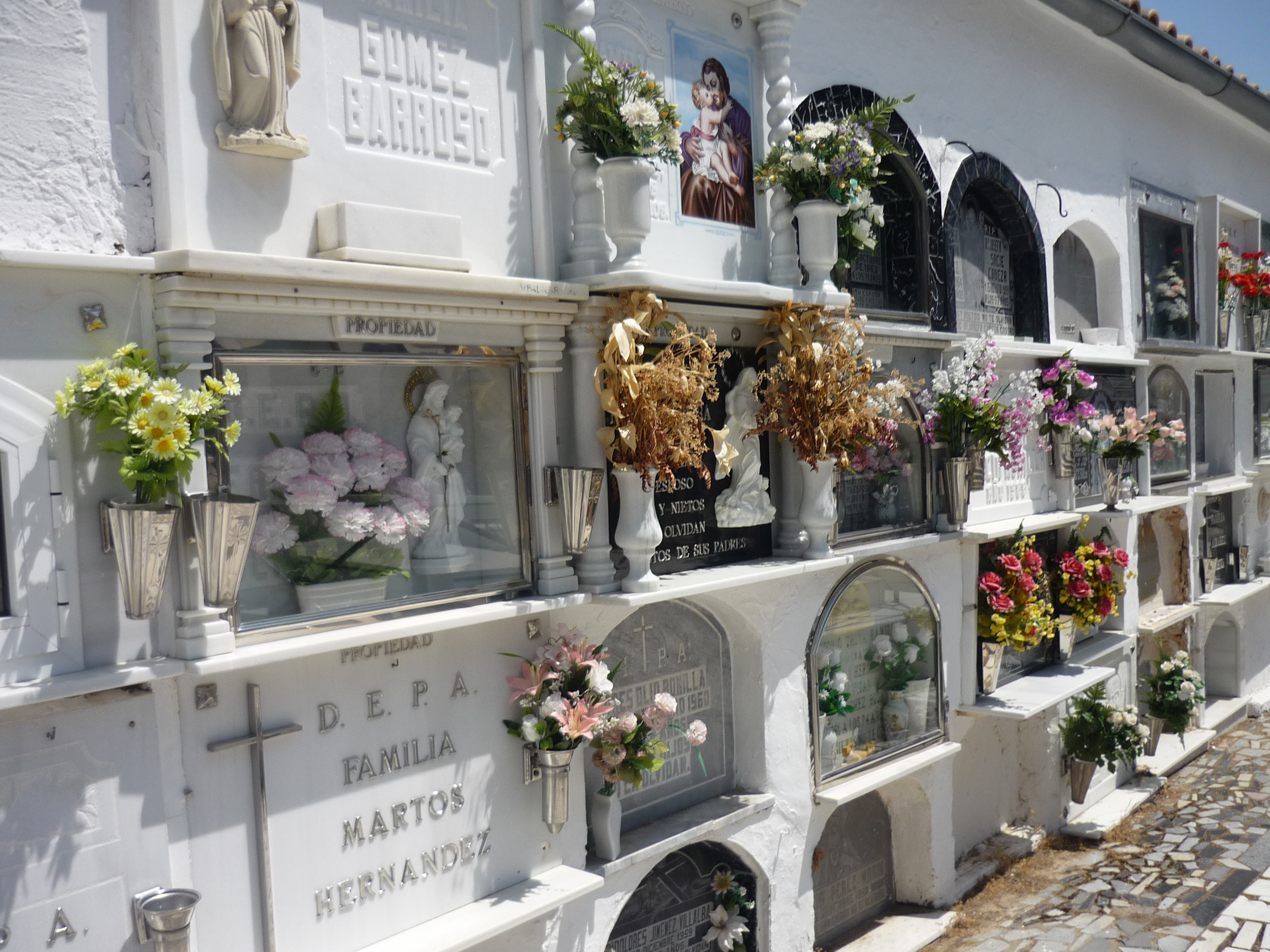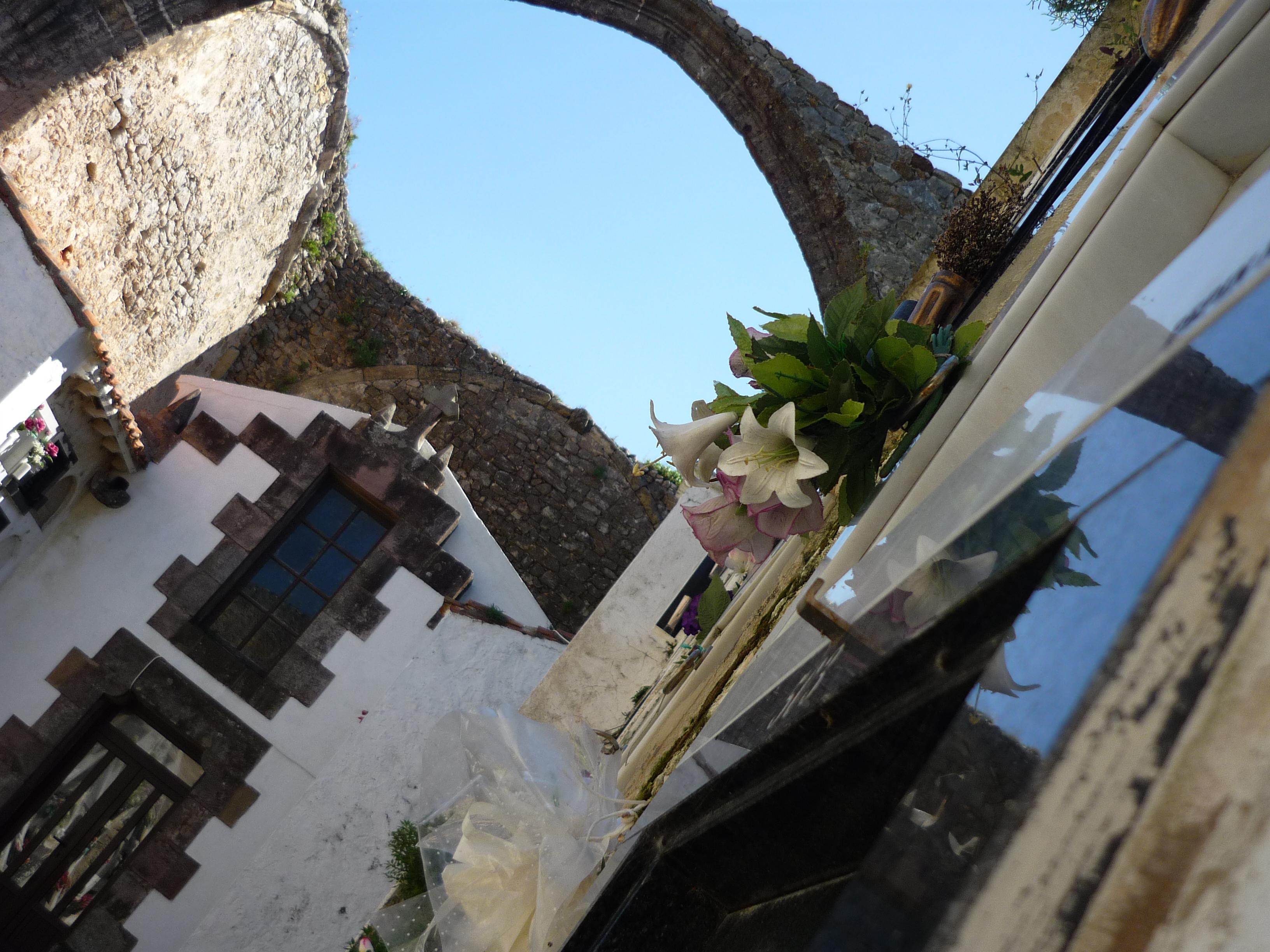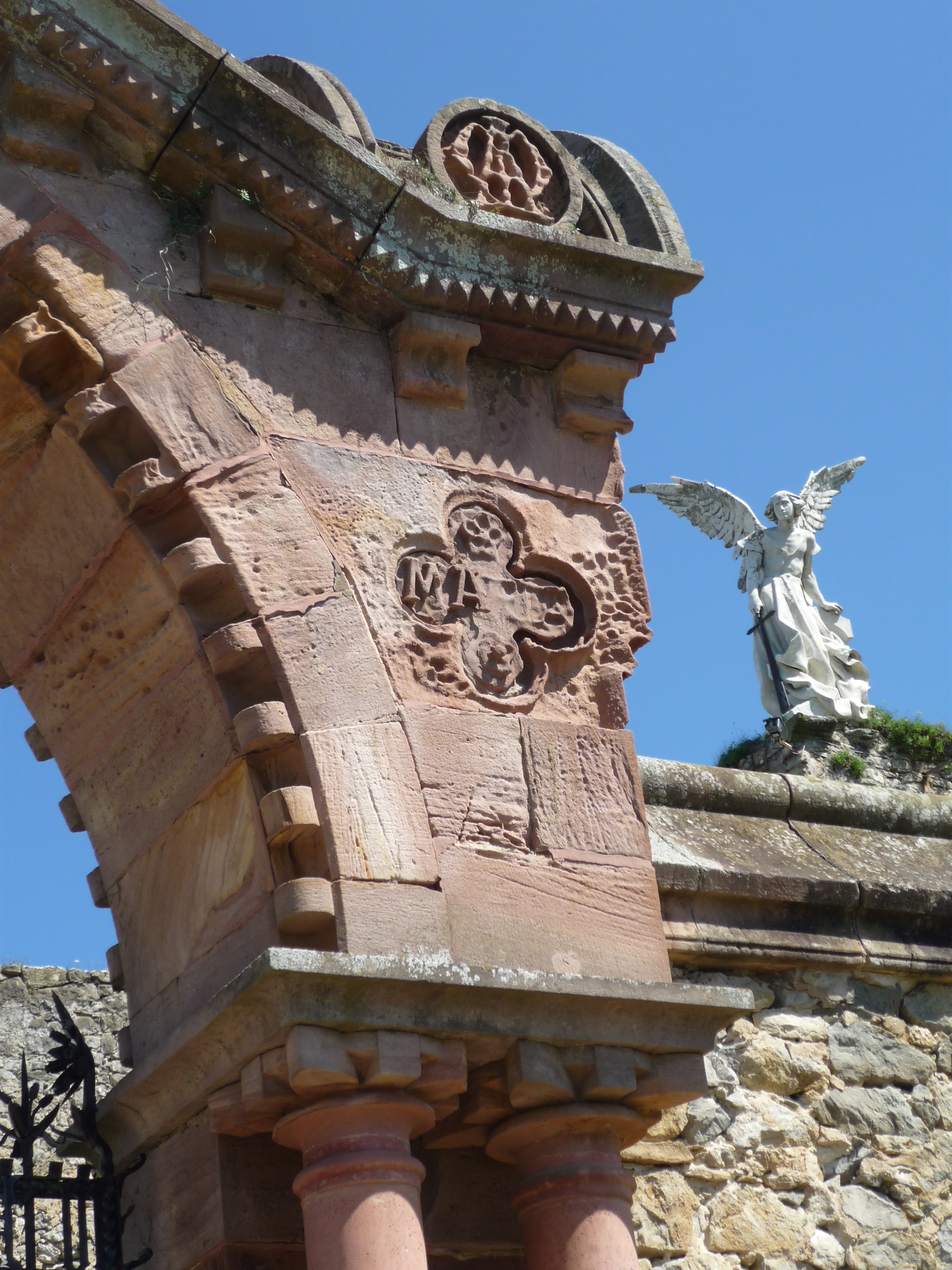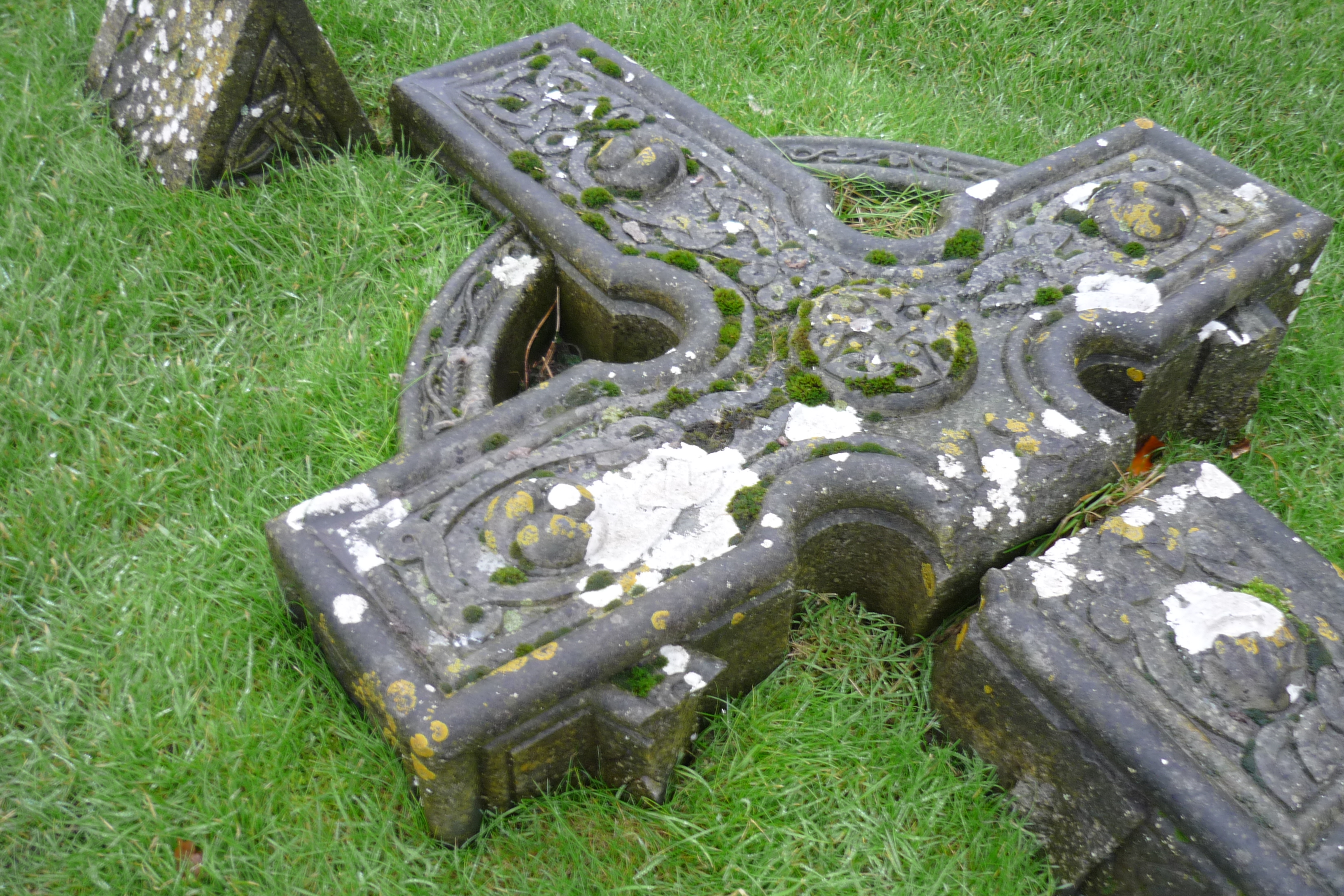Every so often, I feel the need to open up my three big boxes of old lesson plans, phone bills and the millions of photocopies I’ve made of my college degree to clean it out. The new academy job gave me good reason to dive in and see what I had by way of something-more-advanced-than-colors-and-numbers worksheets.
Stashed between adverbs of frequency and a few documents from the Spanish Treasury, I found 12 hand-written pages from the long rides in the ancient Dacia the six of us took in Romania. While Bryan drove and Matt read aloud from Dracula, we crisscrossed the lonely highways of the country that produced my childhood idol, Nadia.
I jumped on the Romania trip after it had been planned and dubbed “Gypsies v. Vampires.” Living in Spain, the impression we often get of Romanians is that they’re undocumented, dangerous and jail-bound. In fact, when I presented my American passport at Barajas for a 2 a.m. flight, the customs agent scoffed and asked, “Why are you spending Holy Week in Romania?”
I gestured to his flipping of my pages, looking for a blank spot to affix the stamp. “Because I’ve been just about everywhere else.”
Arriving at 7.am. and disembarking, I was completely turned around, faced with a language with strange characters, barely anyone fluent in English and no Romanian currency. I found a bus willing to take euros and got off right in the center, on the street below Ceausescu’s Palace of Parliament – the stamp of Communist grey and menacing to me. Gypsies slept under fountains and women in headscarves sold flowers in front of St. Katherine’s Church.
As soon as we’d picked up the rental car and driven out of the city (a 90-minute odyssey in itself), the industrial Communist machine we’d expected became green fields that gave way to mountains, in which was nestled Sinai Palace.
As we settled into life in the car, we hit some of the major cities in Transylvania – Brasov, Sighisoara, Bran. After spending a few days exploring fortified churches and hilltop castles, we set off for Maramures, the region that borders Ukraine and retains much of the character it’s had for the last 200 years.
My notes become suddenly optimistic, more reflective and the handwriting haggard as I struggled to write down all of what I saw. The observations of our arrival follow.
WEDS
Up early. Loaded up on snacks and left (Sibiu) and its concrete jungle out towards the mountains to Cluy, where we had kebab lunch. Immediately greeted by green hills, streams, fewer cars, Roma, people in kerchiefs and on bikes. Peasant land.
Tunes: 90s Europop CDs bought at a gas station and Nate’s iPod.
cows, sheep, puppies and CRUXIFXES
Sacal the most rural: potholes, buggies, few cars. Women dress in black sweaters and skirts with kerchiefs, aprons and ankle booties.
Arrived to George’s house, 4 doors down from new and old churches. Met by Victor, family dachshund. […] dinner prompt at 7 p.m.: water, plum and apple brandy, meatballs, horseradish from garden, stuffed eggs, salad, beets, veal with potatoes and mushrooms, walnut bread.
Walked at dusk to cemetery. Group of school kids sat singing with back-clad monk. Women still out attending the deceased, many of whom died young, chattering and chirping. Mass began shortly after, but we stayed to watch the stars turn on.
Big George goodnight and to sleep.
THURS
8am bfast – bread with cheese and meat, pearish apple juice, crepes with honey and jam. Attended to us as if kings.
Hiked through Botiza, past the stream, wooden houses, wells. Evident the way of life here has remained. Many elderly, few young.
Monastery of Botiza – wooden gate with fish, rope motif. Up hill, a complex of wooden buildings and small graveyard. Mass happening so church closed, I stood on a wooden bench to peer inside saw gold inlaid chandelier crowned with Jesus and 12 apostles.
Overlooked lush valley.
George told us to follow power lines to PI, so we hiked up and over hill. At crest we were stopped by peasants on a cart. Communicating in our native languages, we told them we were American and heading to IP. They pointed and sent us off.
Had to pass thru cemetery to get to wooden church with w/ wolf’s tooth roof. Said to be one of the most interesting with “fiery depictions of hell” (LP), but it was locked. Walked back and hopped into car to drive to Sapanta on Ukranian Border to Merry cemetary.
Have you ever been to Romania? What were your impressions?
